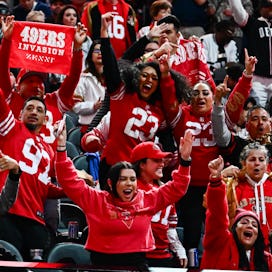
ESPN And Fox’s New Streaming Service Is Massive — Will It Be Worth It?
ESPN, Fox and Warner Bros. Discovery are teaming up to offer the biggest direct-to-consumer sports package ever offered.
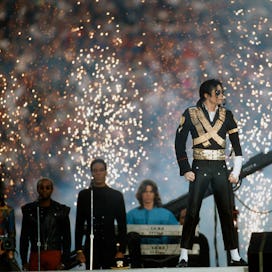
32 Years Ago, Super Bowl Halftime Wasn’t A Big Deal — Until One Thing Stole The Show
Remember when the Super Bowl Halftime show wasn’t important? Of course, you don’t.
We Can All Agree On One Thing About Travis Kelce — And It’s Very Weird
As the dads of America, we felt it was our duty to watch Catching Kelce. Here’s what we learned.
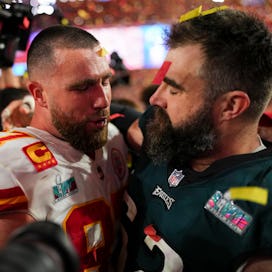
'Kelce' Is A Great Sports Documentary, But It’s A Better Family Family Film
The new Amazon Prime documentary takes a surprisingly candid and honest look into the family life of Philadelphia Eagle’s center Jason Kelce.
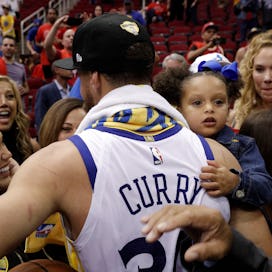
The Most Relatable Parenting Moments From Steph Curry’s On-Point New Documentary
Down-to-earth moments from an out-of-this-world player.
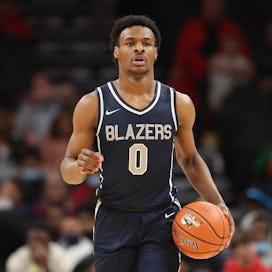
What Parents Need To Know About Cardiac Arrest In Young Athletes
Following Bronny James’ incident, a pediatric cardiologist puts the risk to kids in context.
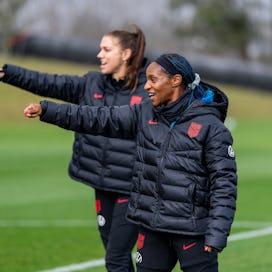
These History-Making USWNT Players Named Their Babies Like Champions
Why not look to a soccer champion for some baby name inspo?

The 2023 Outside Issue: Fatherly Dives In
For our second annual Outside Issue, Fatherly is diving right on in — celebrating shores and waterways, swimming and fishing, and giving our kids and ourselves just a splash of serenity.
